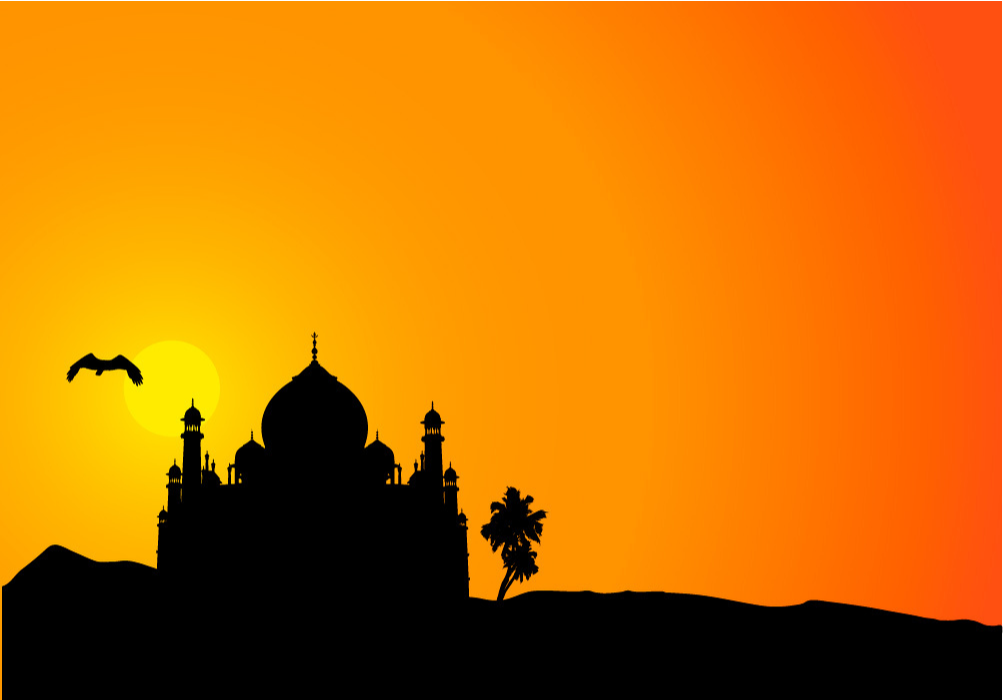

Of course, hardly anyone needs an introduction to Disney's Aladdin (1992). …complete with three seven dwarf wannabes. They were initially created as a way for the studio to transition into making feature length films in order to compete with Disney. These three films ( Popeye the Sailor Meets Sindbad the Sailor, Popeye the Sailor meets Ali Baba's Forty Thieves and Aladdin and His Wonderful Lamp ) are significantly longer than the average Popeye cartoon, running between 16 to 22 minutes each. Far more notable than Ub Iwerk's Sinbad are the three films released as part of the Fleischer Bro.'s Popeye the Sailor series. The plot concerns a rather cute looking Sinbad and his sidekick parrot fending off some fearsome pirates. As with many of the other shorts in the series, Sinbad is visually pleasing, but tends to drag narratively and tends to come off as a weaker Silly Symphony cartoon. Sinbad the Sailor (1935) is a theatrical short created by Ub Iwerks as part of his ComiColor cartoon series.
#1001 ARABIAN NIGHTS STORIES CREATURES FULL#
The next notable animated works based on Arabian Nights arrived about a decade later in Hollywood, utilizing the newer technologies of full color and sound.
#1001 ARABIAN NIGHTS STORIES CREATURES ARCHIVE#
The entire film (which unfortunately lacks English subtitles) can be watched on the Internet Archive here. Although the film does not offering the audience anything new storywise, Achmed is a great adaptation due to its inspired visuals, wonderful score and cinematography. The result is a hauntingly beautiful silent film. Director Lotte Reiniger spent a total of three years creating Achmed using stop-motion cutouts resembling Chinese shadow puppets. He encounters many strange and wondrous sights, befriends a witch, battles monsters and demons, meets Aladdin and falls in love with a princess. The story follows Achmed as his journeys across foreign lands astride a flying horse. Prince Achmed is adapted from the story in One Thousand and One Nights of the same name. The Adventures of Prince Achmed (1926) is the third animated film ever made, beating out Disney's Snow White by over a decade. Not only is this film the oldest surviving animated feature, but it also the first to be directed by a woman. So Scheherazade's life is spared and she becomes queen. However, Shahryar has fallen in love with Scheherazade over the course of almost three years. This continues to be repeat until one thousand and one nights have passed and Scheherazade has run out of stories to tell. The king becomes curious about how the tale concludes, so he postpones his bride's execution. The story does not end and segues into another tale. Later that night after the marriage, Scheherazade begins to tell Shahryar a fantastical story. The vizier's daughter, Scheherazade, offers herself to be the next bride, and the vizier reluctantly agrees. (Shahryar holds a grudge after finding out his first wife was unfaithful to him.) Eventually the vizier can no longer find any more virgin brides for the king. Everyday the king Shahryar takes a new bride only to behead her by the next day, and then takes another. Pretty much the same thing could be said about Grimm's Fairytales.)Īn illustration for Aladdin by Errol le Cain.įor those unfamiliar with One Thousand and One Nights's basic premise, it is a frame story. Not all of these stories were originally intended for children. (Earlier translations made during the Victorian era tended to cut out certain stories or aspects due to their depiction of violence and sex. Translations have continued to be made and revised up into recent years, as scholars endlessly debate about the accuracy of their sources and interpretations. English translations soon followed, becoming increasingly common during the 1800s. The stories first became popular in the Western world after their publication into French in the early 1700s by Antoine Galland. Although the story was originally published in Arabic during the Islamic Golden Age, many of the stories are far older and originate from not only Arabian countries but also Egyptian, Indian and Mesopotamian cultures. It is also one of the oldest literary works. One Thousand and One Arabian Nights is one of the world's most famous collections of fairytales and folktales. All of us are familiar with Disney's Aladdin, but there are a surprising number of other cartoons based on similar premises.


 0 kommentar(er)
0 kommentar(er)
